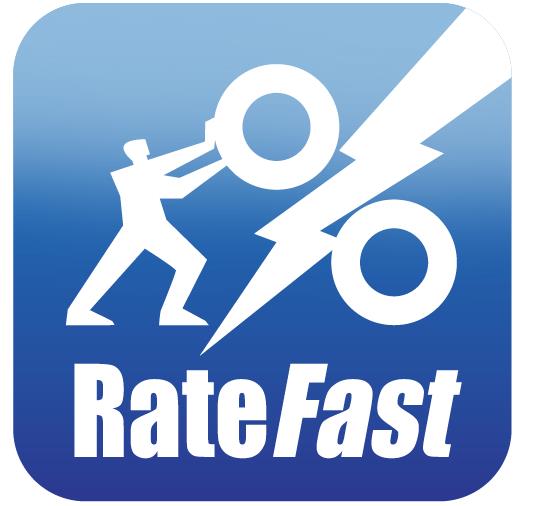What is Asymmetric Spinal Motion?
Asymmetric means not symmetric, or unequal. Asymmetry of spinal motion means more movement in some directions than others.
A physical exam finding of asymmetric spinal motion is a gateway to a Diagnosis-Related Estimate (DRE) class II rating in the AMA Guides 5th Edition.
The AMA Guides 5th Edition in Chapter 15 The Spine on page 382 defines asymmetry of spinal motion as “Asymmetric motion of the spine in one of the three principle planes.”
But the AMA Guides goes to a little more effort here to help the medical examiner by stating: “To qualify as true asymmetric motion, the finding must be reproducible and consistent and the examiner must be convinced that the individual is cooperative and giving full effort.”
How to Document Asymmetric Spinal Motion in Your Report
When documenting asymmetry of spinal motion in an impairment report for rating purposes, it is helpful to the reader of your impairment report if you provide comments on muscle spasm, muscle guarding and employee cooperation. These comments also makes the observation more compelling.
When reading a report that includes the finding of asymmetry of spinal motion look for comments on muscle spasm, muscle guarding and employee cooperation.
California PR-4 Reports are about reproducible observations and findings. Reports that are minimally supported may be more confusing than helpful, and lead to costly delay for the medical examiner, the insurance administrator, and, of course, the injured worker and the employer.








